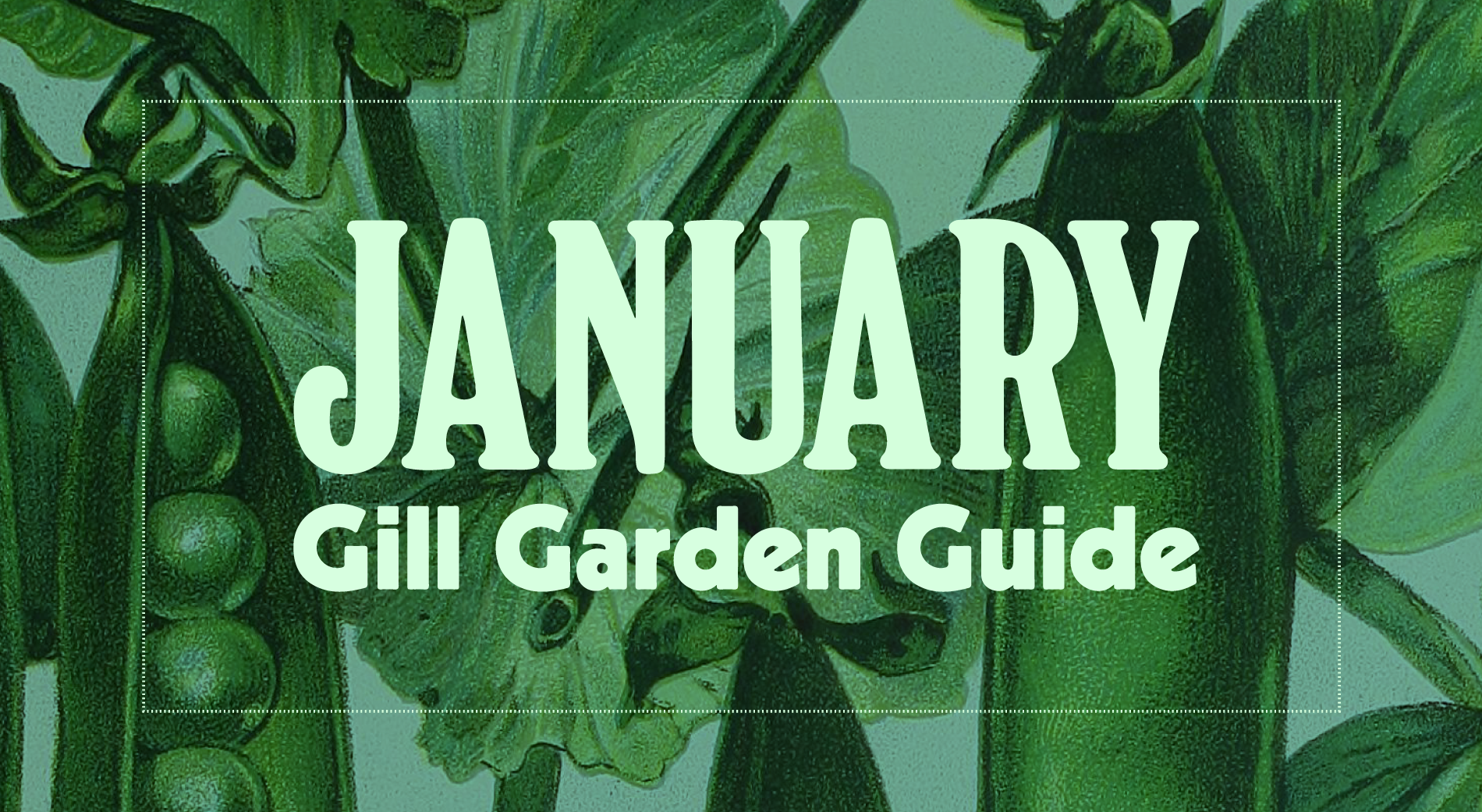
Lawn Care
Weed Control
Spot treat existing weeds growing now with natural horticultural vinegar or Captain Jack's Deadweed Brew. Both will burn any foliage so take care to not spray your plants or lawn.
Prevent weeds with Hi Yield Weed & Grass Stopper or Weed Beater Complete
Bare Spots & Brown Lawns
You can overseed your lawn now with winter rye grass seed (or fill bare spots with this seed) at the rate of 1 lb. per 100 sq.ft. We have it in 10 to 50 lb. bags.
Do not think about fertilizing until your lawn begins actively growing. Generally this is around early March.
Note: You cannot apply both winter rye and pre-emergent weed control in the same lawn. The seed will not sprout.
Read: Why Won't My Weed Killer Work?, Our Secret Ingredient for a Happy Lawn
What To Plant
All containerized, bare rooted, and ball in burlap hardy trees, shrubs, vines, fruit trees (not citrus) and roses.
Use Nature's Blend to prepare the garden soil and frost blankets to protect tender veggies from the cold nights.
Vegetable Seeds
Beets, broccoli, cabbage, carrots, Swiss chard, collards, lettuce, mustard, radish, spinach and turnips.
Start pepper and tomato seeds indoors to transplant into garden later.
Vegetable Transplants
Broccoli, cabbage, cauliflower, onion sets, seed potatoes, and spinach.
Tomato transplants can be nurtured in pots now and set in the garden in February.
Flower Seeds
Petunias, alyssum, carnations, larkspur, nasturtium, poppy, dusty miller, stock, calendulas and bluebonnets.
Flower Transplant
Pansies, petunias, alyssum, dianthus, snapdragons, and violas, flowering cabbage & kale.
Read: Flowering Cabbage & Kale - Another Winter Treasure
Houseplants
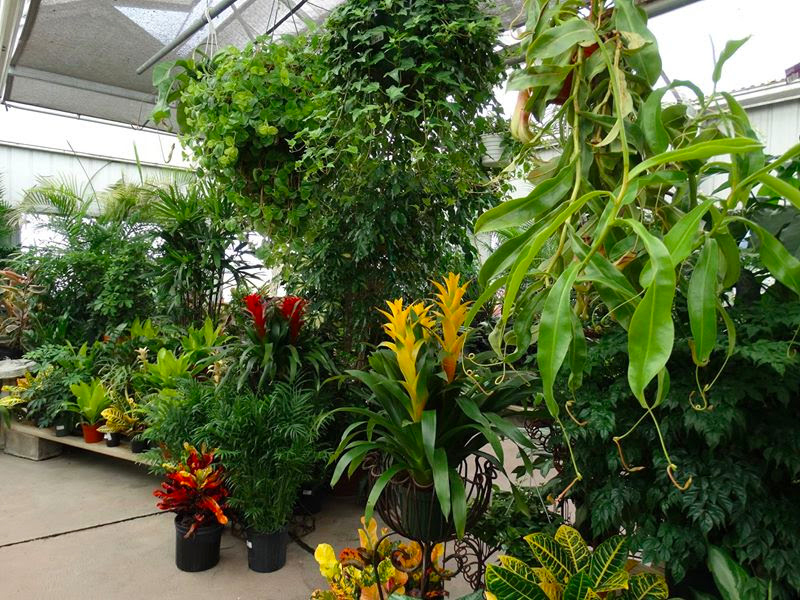

Give your indoor plants a checkup. Look over the foliage, remove any old or dead leaves to freshen their look and keep them healthy.
Be sure to set your plants in the proper light indoors but watch that the heater and/or AC vents do not blow directly on them. Windows provide good natural light - open blinds and curtains during the day.
Read: Indoor Gardening: EZ as a ZZ!
Water when needed, but plants will not drink as much during Winter months. Remember you can add more water, but hard to take out!
Fertilize houseplants organically with ½ strength Hasta Gro.
If your plants look unhappy, they might need re-potting. Be sure to use a good all-purpose potting mix.
Fertilize
Established Citrus Trees
Fertilize organically with Medina Growin Green, Citrus Tone, or Hasta Gro; or with conventional fertilizer ammonium sulfate 21-0-0.
Cool Weather Vegetables
Fertilize organically with Medina Growin Green, Hasta Gro, or Plant Tone; or with conventional fertilizer ammonium sulfate.
Cool Weather Annuals
Fertilize organically with Medina Growin Green, Maestro Rose Glo, or Plant Tone; or a water-soluble fertilizer like Hasta Gro.
Do not fertilize tropicals. They need to rest.
Watch Out For
Scale Insects
Watch for scale insects on hardy trees and shrubs. Spray with Neem Oil or Dormant Oil spray
Read: Organic Gardening 101 - What's Buggin Ya?
Lawn Fungus
This can be a major problem after long periods of wet, cool weather. There are 2 major lawn fungus – Take All Patch and Brown Patch.
-
Treat Take All Patch organically with Natures’ Blend Organic Compost or peat moss; or use conventional Fertilome Systemic Lawn Fungicide or Scotts Disease Ex.
-
Treat Brown Patch organically with horticultural corn meal or Nature’s Blend compost, or conventionally with F-Stop Fungus Granules.
Read: Protect Your Lawn: Recent Take All Root Rot Sightings (TARR)
Prune
Fruit Trees
Prune peaches, plums, and figs lightly to shape. Do not prune citrus.
Hardy Dormant Trees
Prune oak, mesquite, cedar elm, & crape myrtle. Do not top trees! Prune from the bottom up.
Perennials
Perennials that have finished their bloom.
Water
Only as needed – but dry cold fronts, high winds and low humidity can dry plants quickly.
Established lawns only need water every couple of weeks, provided we don’t get rain.
Be sure to check your sprinkler system and adjust accordingly.
When or if temperatures dip below freezing:
Move tropical potted plants inside or group them together in a protected area so they may be easily covered.
Mulch and water newly planted trees and shrubs well; water tropicals and potted plants.
Cover tropicals and tender plants with frost blankets (which we sell), sheets, household blankets or plastic (Note plastic can burn the outer foliage it is touching).
Bring fabric all the way to the ground allowing heat from the soil to be trapped around the plant.
Uncover all plants as temperatures rise to prevent the foliage from scorching.
Read: Some tips on preparing for a freeze in last week's "Freeze Alert"
When or if temperatures dip below freezing:
Move tropical potted plants inside or group them together in a protected area so they may be easily covered.
Mulch and water newly planted trees and shrubs well; water tropicals and potted plants.
Cover tropicals and tender plants with frost blankets (which we sell), sheets, household blankets or plastic (Note plastic can burn the outer foliage it is touching).
Bring fabric all the way to the ground allowing heat from the soil to be trapped around the plant.
Uncover all plants as temperatures rise to prevent the foliage from scorching.
Read: Some tips on preparing for a freeze in last week's "Freeze Alert"
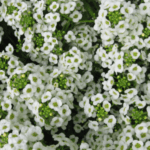
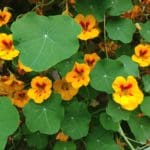
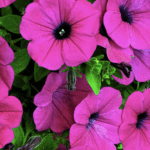
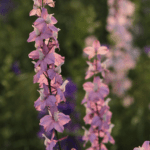
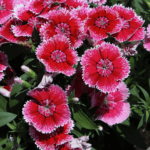
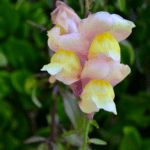
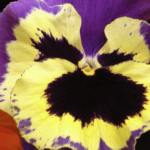
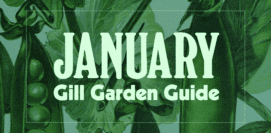
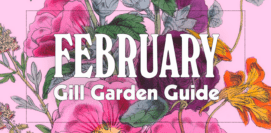

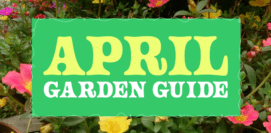

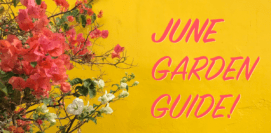
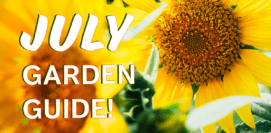
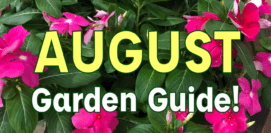

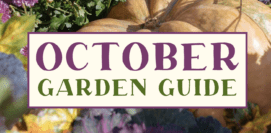
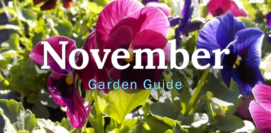



Patti says
Are you going to have an blackberry available for sale soon?
Jesse Jenkins says
Hi Patti – we’ll have blackberries mid February!
ZofiablexT says
Несомненно актуальные события модного мира.
Исчерпывающие эвенты всемирных подуимов.
Модные дома, торговые марки, высокая мода.
Лучшее место для трендовых людей.
https://whitesneaker.ru/